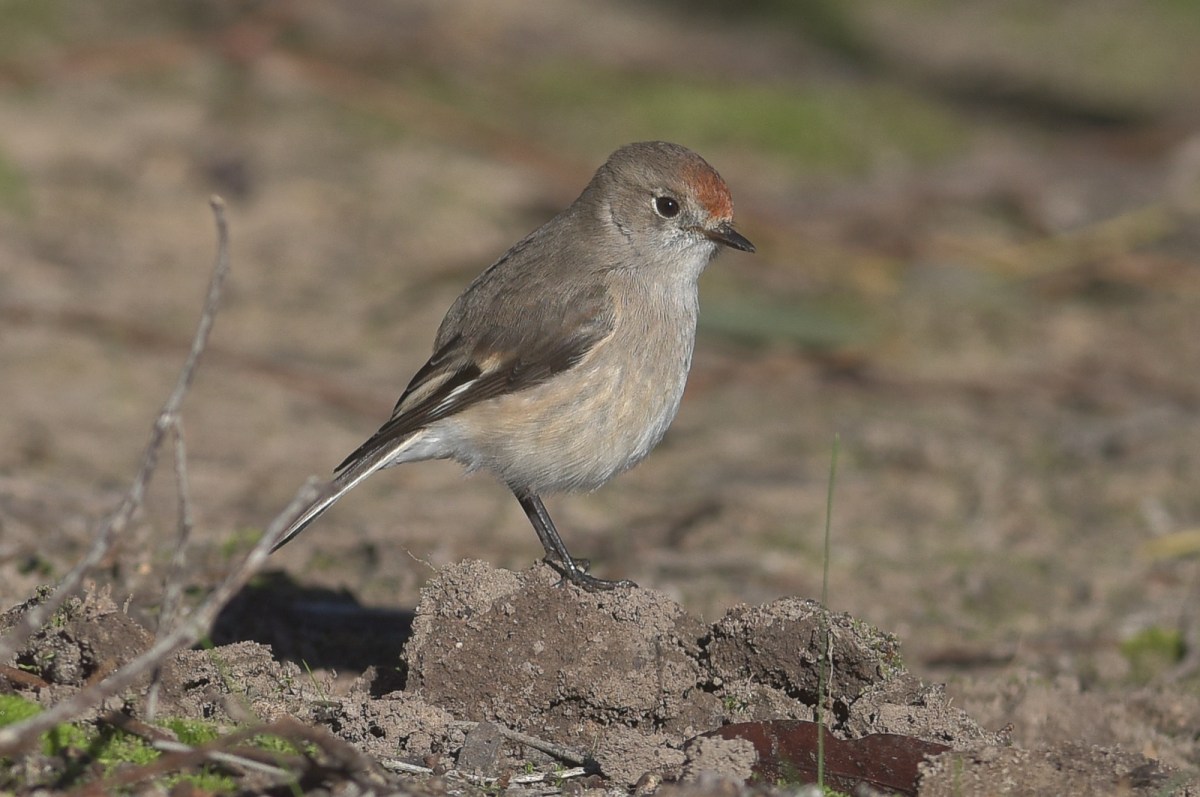Apologies: Sorry about late delivery, normally I prepare this early for upload, but had a couple of hectic days. Enjoy.
“Whatchabeendoin?”
A question that always came up among a group of photographers that I worked with.
We were an eclectic bunch. A radiographer, a teacher and lecturer, a writer and creative, a wedding photographer, a specialist in commercial, with a leaning toward panoramic shots with a “Widelux” camera, a landscape photographer whose work with a Gandolfi Variant on 5×7 Inch set styles the digital workers are only beginning to achieve, and me, who around that time was working with a lab processing film for variety of sources, including “The Day in the Life of.. (Australia)” and Rick Smolan’s “Treks” for Nat Geo, the story of Robyn Davidsons’ camel trip across the Northern Territory and Western Australian deserts.
So after the usual answers, to “Whatchabeendoin?”, of: “I did the Smith and Alexandar” wedding last week, to: “I’m in an underground carpark doing wide shots for an architect who is going to redevelop the area, to: “I’m doing a series of trees along the escarpment on the Western Arthurs”, we’d get down to what we were doing creatively.
Usually half a dozen so slides or prints were laid out and we’d discuss, creatively where the feel, or life, or experience of each of the shots was taking us as viewers.
One of the group was an Englishman who had worked in his youth as a photographer for a postcard company, he would travel about taking photos of various tourist attractions for postcard sales. Pubs were his speciality. And interestingly enough, almost all his pub shots had one thing in common. Potted geraniums in the foreground on the scene. He used to have in the back of the little Morris van, a selection of potted plants and would set them up out the front of the building, ‘for colour and added interest’.
He could do about 5-7 shots in a day. And off course always talked to the landlord and shared a pint or two as he went. By the end of the day he was well oiled. “It is one of the reasons that we say, “Merry old England’, he would quip.
The Widelux guy and I ended up working together for a large multinational company, and once at the end of a conference, the obligatory ‘group photo’ was made. They had hired a dude with a Widelux (an F7 to be precise), and this camera didn’t have a shutter, it had a rotating lens on a slit. And shot on a curved back with 120 roll film for a very long pano shot. The exposure took several second as the lens rotated around the scene and the film (Bit like panos on hand fones today)
We reasoned that if we stood at one end of the group at the beginning of the exposure and then ran behind the group to the other end, and stood there, we’d be in the shot at both ends of the group. Great idea. We did.
But of course the person who ‘shouted louder and controlled the purse strings’ was not amused by our action, and we both ended up working in different part of the company sometime after that. “Childish and pathetic” were some of the less colourful words used.
The couple of years we worked together provided some of the best work, creatively and expressively that I think I ever did. The creative input, and the welcome feedback, not the ‘oh nice shot’, but— where is this going, how to I feel about it, and what is it saying, were all great guides that ended up keeping us alive to our work.
Time of course goes on, and we all moved by to other opportunities. However for quite a long time we’d occassionally get together for a meal, and the inevitable, “Whatchabeendoin?”
One particular day, I turned up with an iPad. (the original one), and a small folio of bird photos I was working on. It was one of the nesting season of Kestrels that I was following. Somewhere on the blog are shots and stories from those years.
We met in a restaurant near Vic Market, and after a few bottles of red, the ‘Whatchabeendoin” came up.
Andrew, the pub photographer above, latched on to the image shown here. It was taken during the rain that broke the 7 year drought that season, about 4 days of constant rain.
The bird is Elizabeth as she waits in the mist for Mr Darcy to return with some breakfast. He had only been able to get out to hunt occasionally for several days, and spent most of his time trying to stay dry on the tree.
The nesting site was very close to end of the runway at Tullarmarine, and there was a constant stream of aircraft coming and going over the site.
All I had to do was line up the bird with an incoming and my image was made.
Andrew was taken with the red of the light and the isolation of the shape of the bird, and we talked about the shot for several minutes.
Then he said prosaically, “Y’know, you could have improved this!”,
Oh, saith I.
“Yes I think a few well-placed potted geraniums at the end of the runway would have “added that little extra colour and interest”.’
🙂
So I ask, “Whatchabeendoin?”



















































































